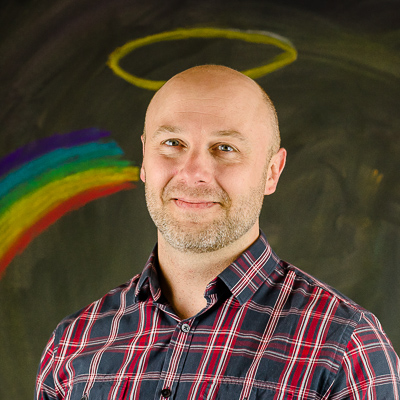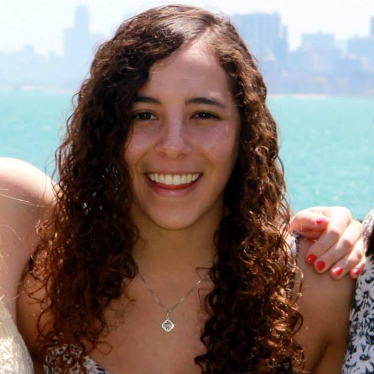Smarter News
How might we better understand how to reach our audience, delivering the right news at the right moment, or for the right mood, or for the right amount of time?
How might we better understand how to reach our audience, delivering the right news at the right moment, or for the right mood, or for the right amount of time? Taking the mobile design patterns of apps like Tinder as inspiration, this team will take on the design challenge of creating a tailor-made playlist of content for users to explore. We’ll begin by testing the assumption that mobile content consumption—whether via newsletters, email, apps, or in-browser—makes the process of finding and opting in to content tedious and/or laborious. We’ll do several weeks of user interviews and observations to understand how people consume news now, and what needs they have. We’ll then prototype and test solutions based on our initial findings.
Faculty and Staff Leads
Project Details
2017 Spring
Important Questions
- What are people’s processes when they’re in the mood to read something? When, where, and why do they start that process? How do they find content?
- Do people read the same kind of content at different times of day, or do they, for example, read hard news in the morning and avoid it at night?
- How long do people read at a time? Does that vary by time of day?
- Where do people store things they want to read later? Do they ever re-visit that list?
- How might we help users create a ready-to-go reading list?
Outcome
Students will propose a tool (app or otherwise) that will help users find and/or assemble the content they want to read—perhaps at a certain time of day, or for a certain amount of time, or to suit a certain mood. This exploration will dig deep into the ideation process—students will examine existing news curation habits and points of friction, then propose a solution by iterating on a design throughout the quarter. Through this development process they will gain experience with user research, mobile design patterns, prototyping tools, and project management.


